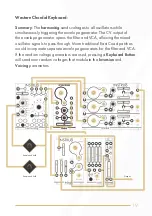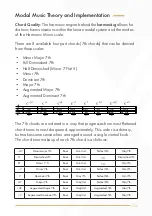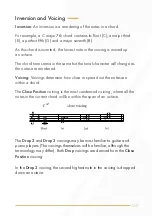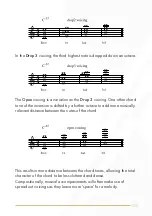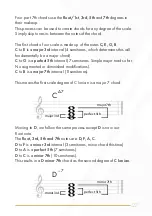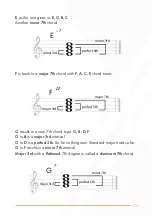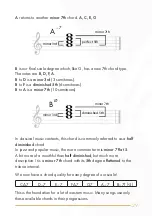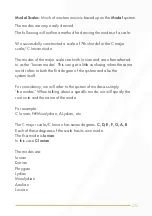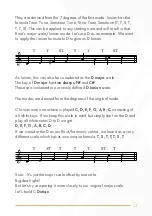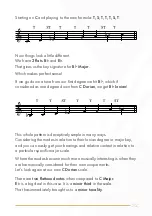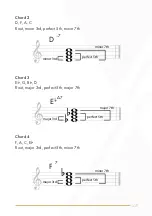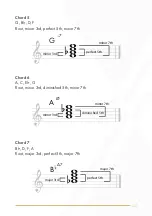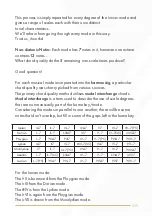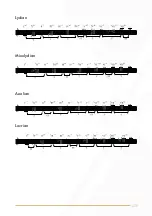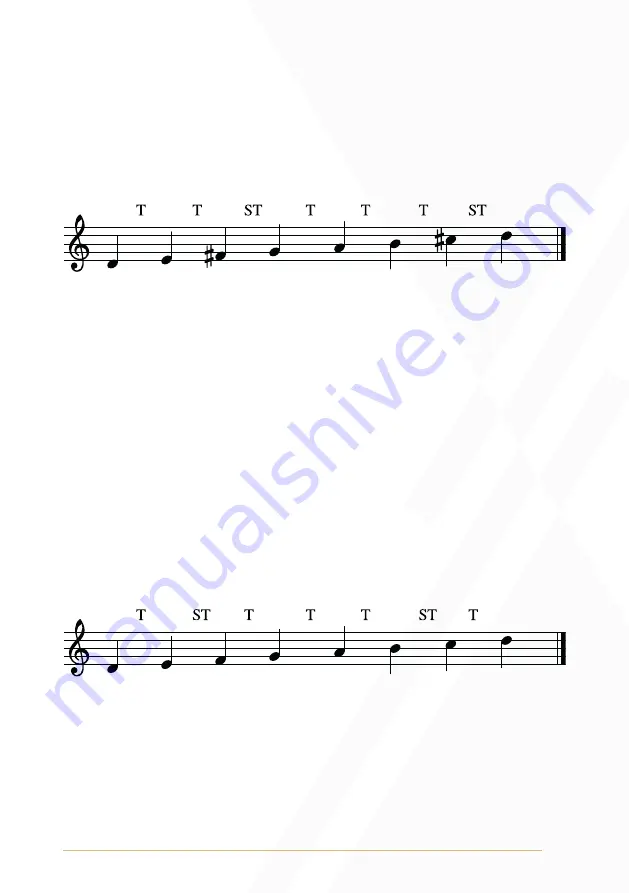
31
They are derived from the 7 degrees of the first mode. Ionian has the
formula Tone, Tone, Semitone, Tone, Tone, Tone, Semitone (T, T, S, T,
T, T, S). This can be applied to any starting note and will result in that
Root’s major scale/Ionian mode. Let’s use D as an example. We want
to apply the Ionian formula to D to give us D Ionian.
As Ionian, this can also be considered as the
D major
scale.
The key of
D major
has
two sharps, F#
and
C#
.
These are contained in our newly defined
D Ionian
scale.
The modes are derived from the degrees of the original mode.
C Ionian over one octave is played
C, D, E, F, G, A, B, C,
consisting of
all white keys. If we keep this scale in mind but simply start on the D and
play all white notes D to D we get:
D, E, F, G, A, B, C, D.
If we consider the D as our Root/harmonic centre, we hear it as a very
different scale which has its own unique formula:
T, S, T, T, T, S, T
.
Sure... It’s just the major scale offset by one note.
Big deal right?
But let’s try comparing it more closely to our original major scale.
Let’s build C
Dorian
.



